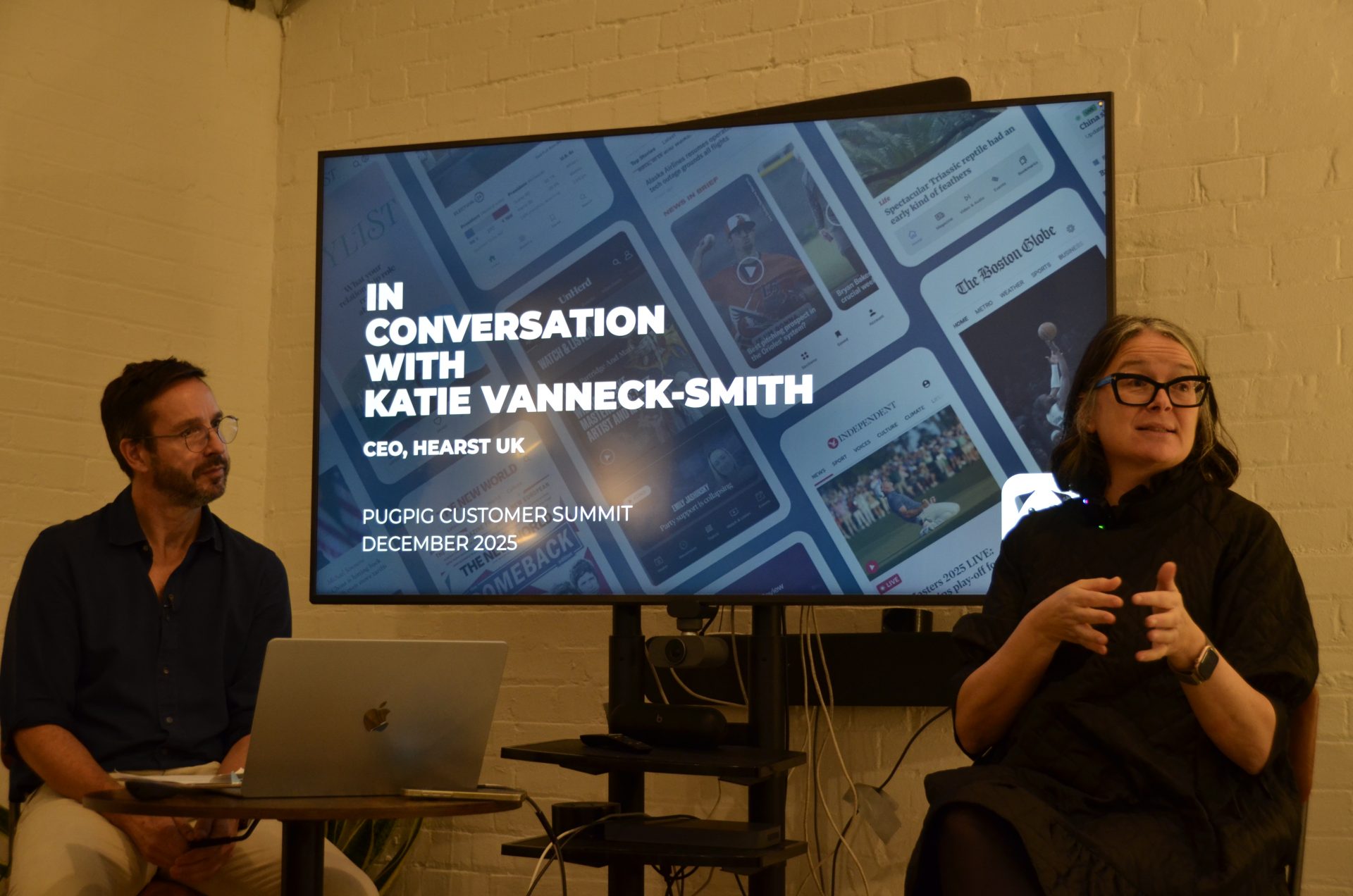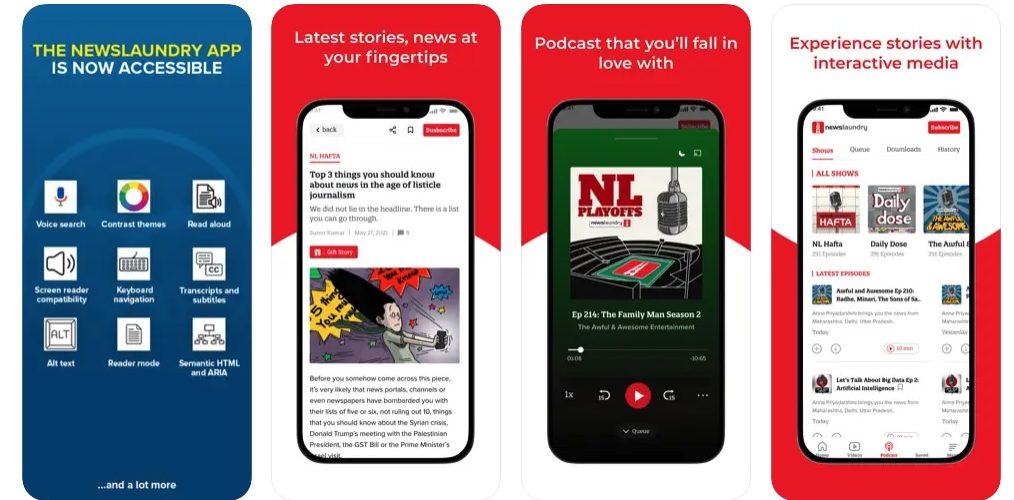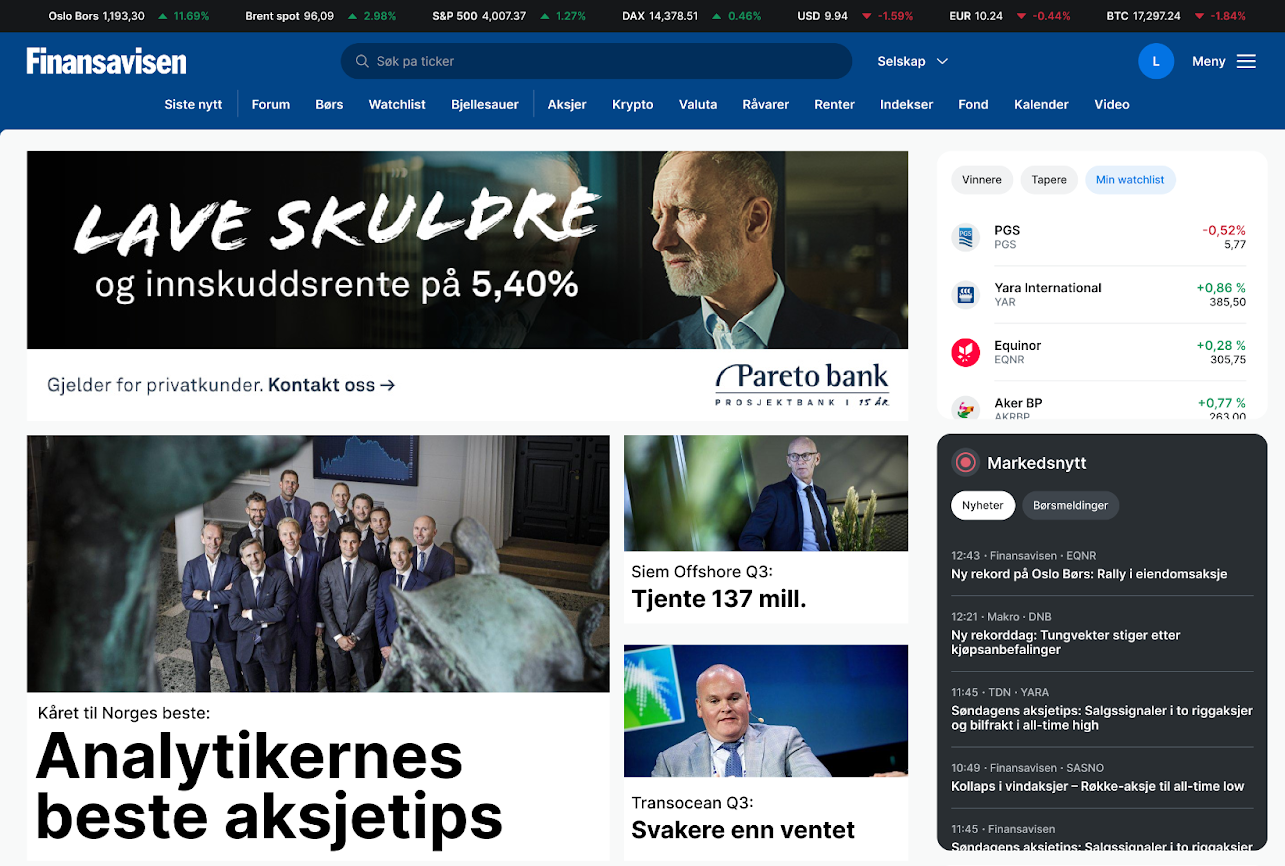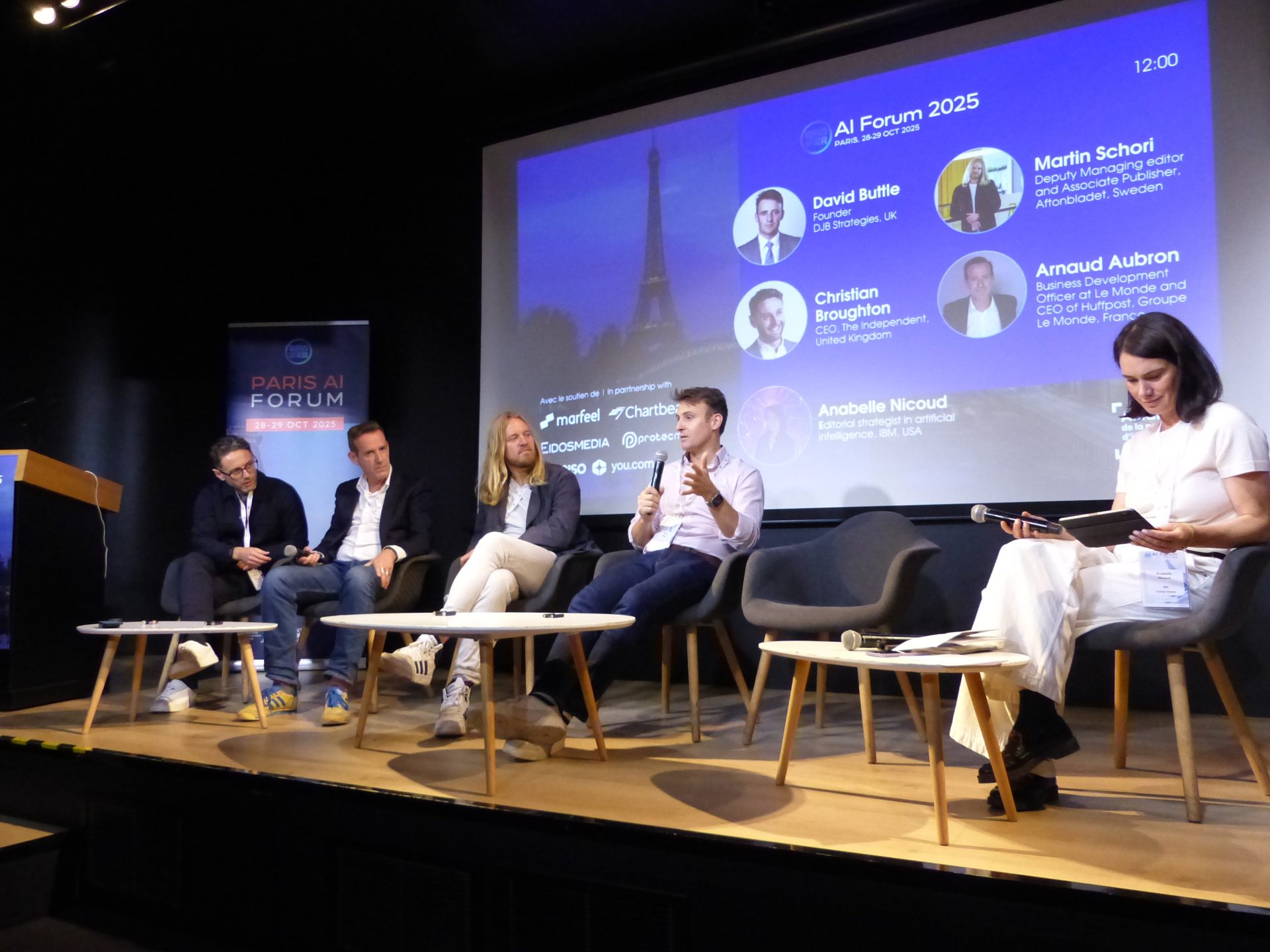
Newsletter
Newsletter
India’s Newslaundry involved their audience in the funding and development of their app, iterating based on their input.
19th July 2024

Reader revenue dramatically changes the relationship that publishers have with their audiences. You can’t take your readers, viewers and listeners for granted because they play a much larger role in paying the bills than in the past. And digitally savvy consumers have high expectations for the products they use, which raises the bar for news and media organisations.
Independent Indian publisher Newslaundry was early to embrace subscriptions because they provided them with the freedom to produce journalism that challenges the status quo in Indian media. They realise that the relationship with their subscribers raises expectations not just of their journalism but also of the digital products that deliver it.
“Journalism products are often notorious for offering a bad user experience. We don’t have that excuse. Funded by a community of more than 50,000 paying readers, we can’t afford to offer a bad product experience,” Chitranshu Tewari, Newslaundry’s product and revenue director, told WAN-IFRA.
Audience research takes on a much more critical role with this sea change in publishing. Analytics tells you what your audiences are doing. Machine learning-driven propensity models help you understand what your audience might do next: how likely they are to register, subscribe or churn. Audience research helps you understand why readers, listeners and viewers behave in a certain way and can help you uncover currently unmet needs that can inform product development.
News and media organisations are leveraging audience research and close relationships with their subscribers to develop new products including apps. This user-centric development process has resulted in more successful apps that drive higher revenue.
Newslaundry started as a media criticism site in 2012, filling a void in the Indian market. The site took its name from the idea that they are airing big publishers’ dirty laundry — their icon is a clothes peg (or a clothespin for our American readers). They have now expanded its coverage to include politics and policy. Despite Indian consumers’ price-sensitive nature, Newslaundry launched a subscription offering in 2013, years before pressures on the advertising market made it more commonplace for Indian publishers.
“We knew relying on ads would limit our journalism and compromise our editorial freedom; that’s why subscriptions were baked into our DNA,” Tewari said in an article for INMA.
They didn’t prioritise an app for quite a while because “(w)ith limited bandwidth, working on an app when you have a long feature list for the Web site doesn’t make sense”, he said.
However, after moving their podcasts behind their paywall, their audiences told them they wanted the convenience of an app. To pay for it, Newslaundry launched a crowdfunding campaign, and 500 readers provided more than $18,000 to pay for initial development work.
A key lesson from building the app was the importance of involving users in the development process, Tewari said. Three development team workers worked with more than 3,000 paying subscribers who acted as beta testers. Tewari went one step further by offering up his phone number, and 80 users contacted him directly via WhatsApp with feedback. Newslaundry spent almost a year refining the app before launch.
In addition to common app features including saved stories, dark mode, offline consumption, push notification preferences and a podcast player, the app also has several features that add convenience for their subscribers such as multiple payment methods, and the ability to cancel their subscription from the app and delete their data.
After the initial development, they received feedback that they had overlooked accessibility features. More than 25m people in India use assistive technologies, and Tewari said many of these millions of disabled people are young. With support from the Google Innovation Challenge, they added a screen reader and high-contrast formats for the visually impaired as well as a special font for dyslexic readers and a setting to reduce motion for ADHD audiences. Accessibility options are available directly from the bottom menu.
User research was essential because Tewari said he couldn’t put himself in the shoes of audiences with disabilities. “In any kind of product design engineering, user research is very important but I think in this case even more so. I don’t think there is any way we could have done this without speaking with users and understanding them,” he told Nieman Lab.
The app has been a success by several measures:
Newslaundry demonstrates the changing nature of publishers’ relationships with subscribers, especially for small independent media organisations. Subscribers aren’t just passive audiences; they are also stakeholders. Newslaundry has found a way to engage them with content and their product development process. Moreover, in modern product development in which an app, newsletter or website is improved iteratively, listening is an organisational imperative. The results are better products and higher retention because of the strength of the relationship with your subscribers, supporters or members.
Here are some of the most important headlines about the business of news and publishing as well as strategies and tactics in product management, analytics and audience engagement.

Newsletter

Newsletter

Newsletter

Newsletter

Newsletter